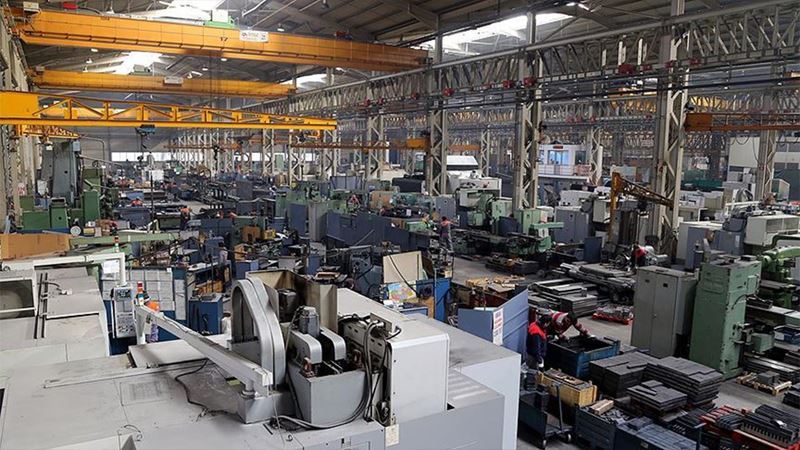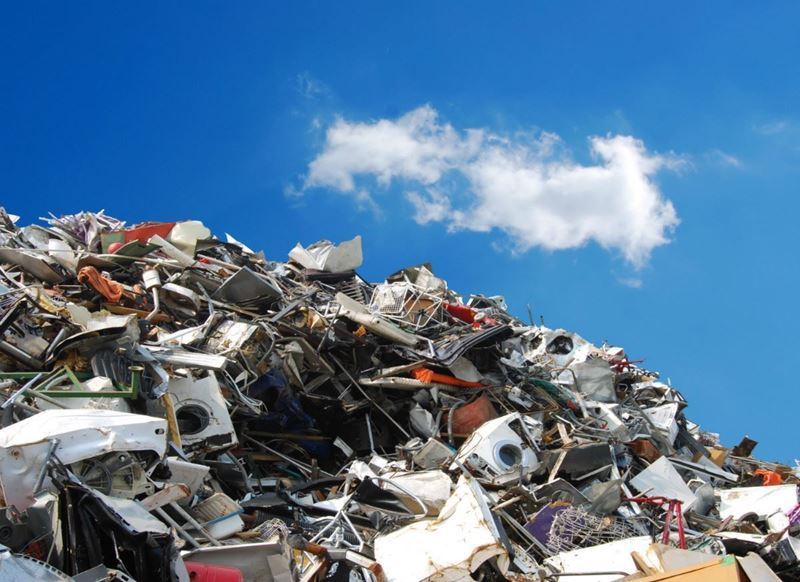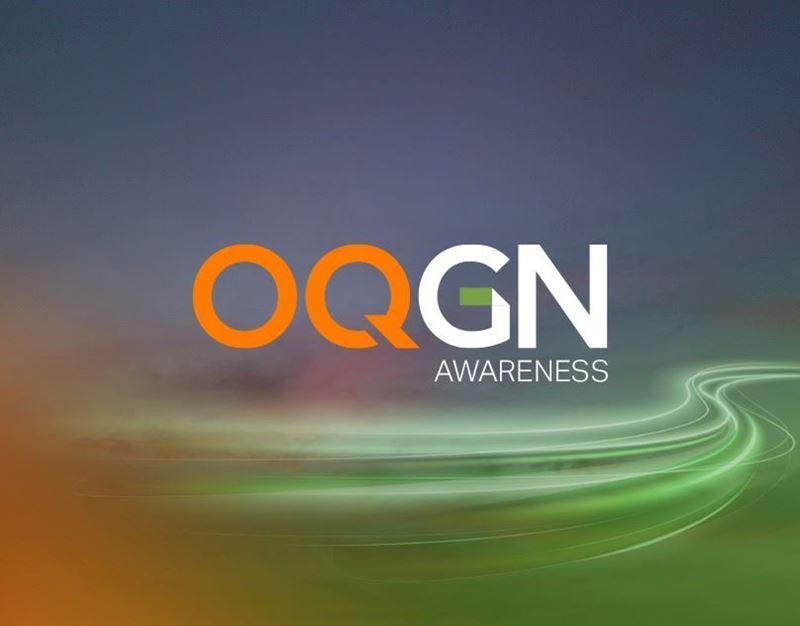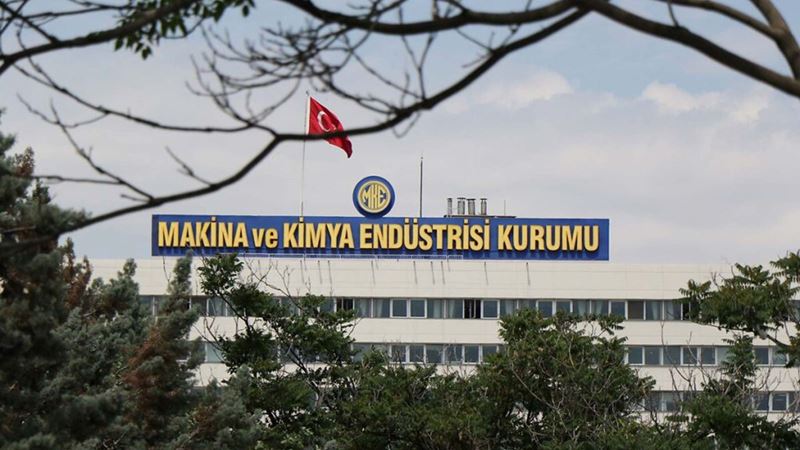In terms of quantity, machinery exports fell by 4.3 percent to 3.1 million tons compared to the same period last year. However, in terms of value, exports remained at the same level as last year.
In October, machinery exporters, whose average export price per kilogram was 7.5 dollars, realized a total export volume of more than 2.5 billion dollars, indicating an increase of 4.3 percent on a monthly basis. In the January-October period, the most exported machinery branches were domestic and industrial cooling machines. These were followed by internal combustion engines and components, then construction and mining machinery.
Germany Ranked First
While Germany was the largest market of machinery exports, exports to this country exceeded 3 billion dollars despite a 5 percent decrease. Russia followed Germany, while the USA ranked third with a 7.5 percent increase in exports. MAİB President Kutlu Karavelioğlu stated that with the elections in the US, election uncertainties have ended for now.
Karavelioğlu evaluated the effects of the re-election of former US President Donald Trump on global exports and said, “The Trump government's promises to impose high taxes on imports may start a new war of protectionism on a global scale. This could lead to a serious contraction in world trade. Rising walls may not only weaken global growth but also disrupt disinflation efforts with additional tariffs targeting producers.”
Emphasizing that the strengthening of the dollar may have negative effects for sectors that see Europe as their main market and make most of their exports in euros and imports in dollars, Karavelioğlu said that the rapid increase in machinery exports to the US is a result of efforts to mitigate parity risks. He also stated that supply chain disruptions in the US could create new opportunities for Türkiye.
Global Industry Problems and Solution Suggestions
Stating that the 2 percent decline in global machinery turnover created major problems in developed countries, Karavelioğlu said that Germany's Purchasing Managers' Index (PMI) data declined to 40.6 in September, raising concerns about the shift to countries with lower production costs. Stating that the tendency to protect production sectors has increased in the US, Karavelioğlu said that Türkiye needs to increase production scales in niche areas and diversity in technology levels in order to maintain its competitiveness. He also emphasized the importance of the public sector making investment, innovation and sustainability supports for focus sectors more functional.
Price Increase Balances the Decline in Quantities
Stating that the Ministry of Trade's determination that half of the growth in the second quarter of the year stemmed from net exports of goods and services is important, Karavelioğlu said that the weak course of foreign demand has put a strain on exports. Drawing attention to the decline in demand, investment and production in domestic markets, Karavelioğlu said that overall exports increased in value terms despite the decline in quantity.
Emphasizing that the increase in export unit prices in the machinery sector balanced the decline in quantity, Karavelioğlu stated that the increase in domestic production costs is not sustainable, otherwise employment losses may occur. “Our sector, which has achieved a large employment increase of 40 percent in the last four years, has experienced a 1 percent decrease in the last 12 months. Machinery production, on the other hand, declined by around 8 percent this year, despite an increase of 72 percent in the last four years. This negative trend needs to be broken quickly in order to maintain our competitiveness,” he added.









Comments
No comment yet.